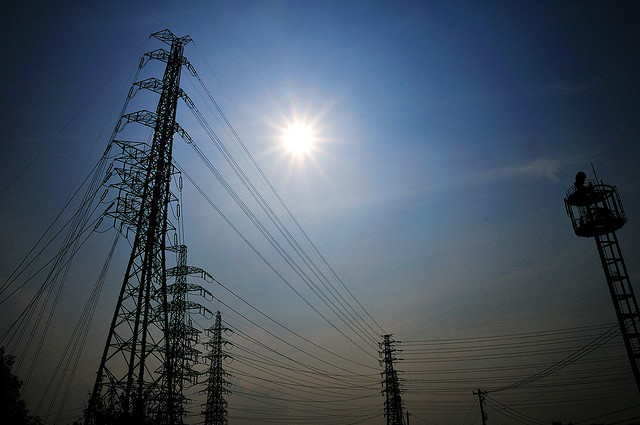

Earlier the value of a building depended on its location and the features it offered. However, as sustainable construction is gaining importance, many cities are now set to change the rules of the game in commercial real estate. Buildings that are energy efficient are now being rewarded with high energy grades and displayed publicly which is changing how tenants look at the value of the building. Inefficient properties are not only facing high penalties but are being neglected as tenants prefer building that is efficient.
In New York City, the Climate Mobilization Act was designed to cut down carbon emissions dramatically. This Act will not only apply high penalties for building with high carbon emissions but also negatively impact the energy grades of the building. This in turn, makes such inefficient properties less competitive in the market.
Let us take a look at the factors that affect the value of a building.
Local Law 33 – Importance of Building Energy Upgrades
An energy grade is assigned to each building based on its ENERGY STAR score under Local Law 33. The law neither demands a minimum grade, nor applies any penalties for lower grades. LL33 was created to address the issue of enabling the general public with the building performance. You only need to submit the energy consumption report depending on which the grade is calculated.
A low grade negatively affects the value of your building due to the following reasons –
- A building with a low grade leads to higher energy bills, which will divert tenants to a similar building with a higher grade.
- Higher utility bills and eventual penalties with LL97 will make selling a building with low grade a challenge.
- A low grade can hurt the corporate image of the building. Hiding the grade is not allowed under LL33.
In simple words, the general public is becoming smarter and a home that is efficient or working to become greener will be preferred over inefficient ones.
The building energy grades are updated every year. There are a total of 6 grades depending on the score –
| Energy Grade | ENERGY STAR Score |
| A | 85 – 100 |
| B | 70 – 84 |
| C | 55 – 69 |
| D | 1 – 54 |
| F | No data submitted |
| N | Exempted building |
How Local Law 97 Can Reduce Property Value
Local Law 97 applies emission limits for building over 25,000 sq. ft. based on their area and occupancy classification. The limit will be applicable from 2024 which will affect around 20% of all buildings under the law. An annual penalty of $268 per metric ton of CO2-e will be applicable crossing the emissions limit.
If a building is subject to higher penalties under Local Law 97, there are high chances that tenants will be locked into a high-rent contract. Identifying which buildings will be subject to higher penalties is easy as the building grade in LL33 is publicly displayed. Thus, a building with Grade D can expect higher vacancies, while a building with a higher Grade will be high in demand.
More stringent limits will be applicable in 2030, and reducing emissions below 2030 limits will be a major technical challenge for inefficient buildings. This means now is the best time for building owners to turn their buildings into energy-efficient one.
Conclusion
A good location and useful attractive features will no longer be enough to compete in the highly competitive NYC real estate market. Investing in energy efficiency is an excellent opportunity while there is no pressure from the Local Laws. To identify the optimal energy efficiency measures, a professional energy audit is the best starting point. This enables better investment decisions to maximize energy savings.



